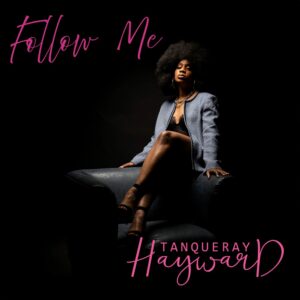First Listen: Sheila E gets current with “Funky National Anthem”
(August 30, 2017) “The Star-Spangled Banner” has been in the news and become another point of contention in our divided country. To be sure, the Anthem has long had its supporters who view it as a way of expressing love and loyalty to the nation and support of the men and women of the armed forces, and detractors who found bitter irony in demonstrating loyalty to a nation that historically had been indifferent at best and demonstrably disloyal to a large share of its citizens – and that’s before we consider the problematic third verse to Francis Scott Key’s hymn.
Periodically, whatever private issues that individuals harbor regarding “The Star-Spangled Banner” burst into the open. We witnessed that most recently when Colin Kaepernick first refused to stand and then knelt on one knee during the playing of the “National Anthem” prior to football games for the NFL’s San Francisco 49ers, the team he quarterbacked from 2012 until last year. Kaepernick said his decision not to stand for the anthem was a silent protest of instances of alleged police excessive force used against black and Hispanic men and women. He is not on an NFL roster and many think that he is being blackballed for his stance. Still, other players have taken up his cause.
And that is the pattern with anthem protests going back to most the famous one done by John Carlos and Tommie Smith at the 1968 Summer Olympics in Mexico City. Carlos and Smith were protesting the racism in America and the participation of South Africa in those games. Mahmoud Abdul Rouf conducted a similar protest when he was playing basketball for the NBAs Denver Nuggets. That protest occurred a couple of years after civil unrest in Los Angeles related to acquittal of four police officers accused of using excessive force against Rodney King.
These incidents, as well as poor race relations in general, along with the seemingly intractable problems facing people of color call into question the American ideal as well as the place they occupy in this country. For many, this feeling of what W.E.B. DuBois called double consciousness is felt most keenly precisely at those times when public expressions of patriotism and unity are expected – times such as the singing of “The Star-Spangled Banner.”
Other people are critical of Key’s song from an artistic standpoint. They don’t think it’s a very good song, or that other patriotic tunes such as “America The Beautiful,” “God Bless America” or even “This Land if My Land,” would be better anthems. Legendary singer and percussionist Sheila E. was likely thinking about these things when she released the song and associated video “Funky National Anthem: Message 2 America.” Sheila E. seeks to repurpose the song by swapping the song’s melody for a funky arrangement inspired by James Brown’s “Funky Good Time,” and inserting the soaring words of the Declaration of Independence and speeches from Americans such as Franklin Roosevelt, John Kennedy, Martin Luther King and Barack Obama.
Changing the arrangement and adding these great quotes highlighting American inclusiveness country will not make “The Star-Spangled Banner” less problematic to those who view the anthem as an ode to slaveholding written by an slave holder or for what they view as its contemporary use as propaganda. However, Sheila E.’s version will definitely be a discussion starter.
By Howard Dukes
Sheila E – “Funky National Anthem”










